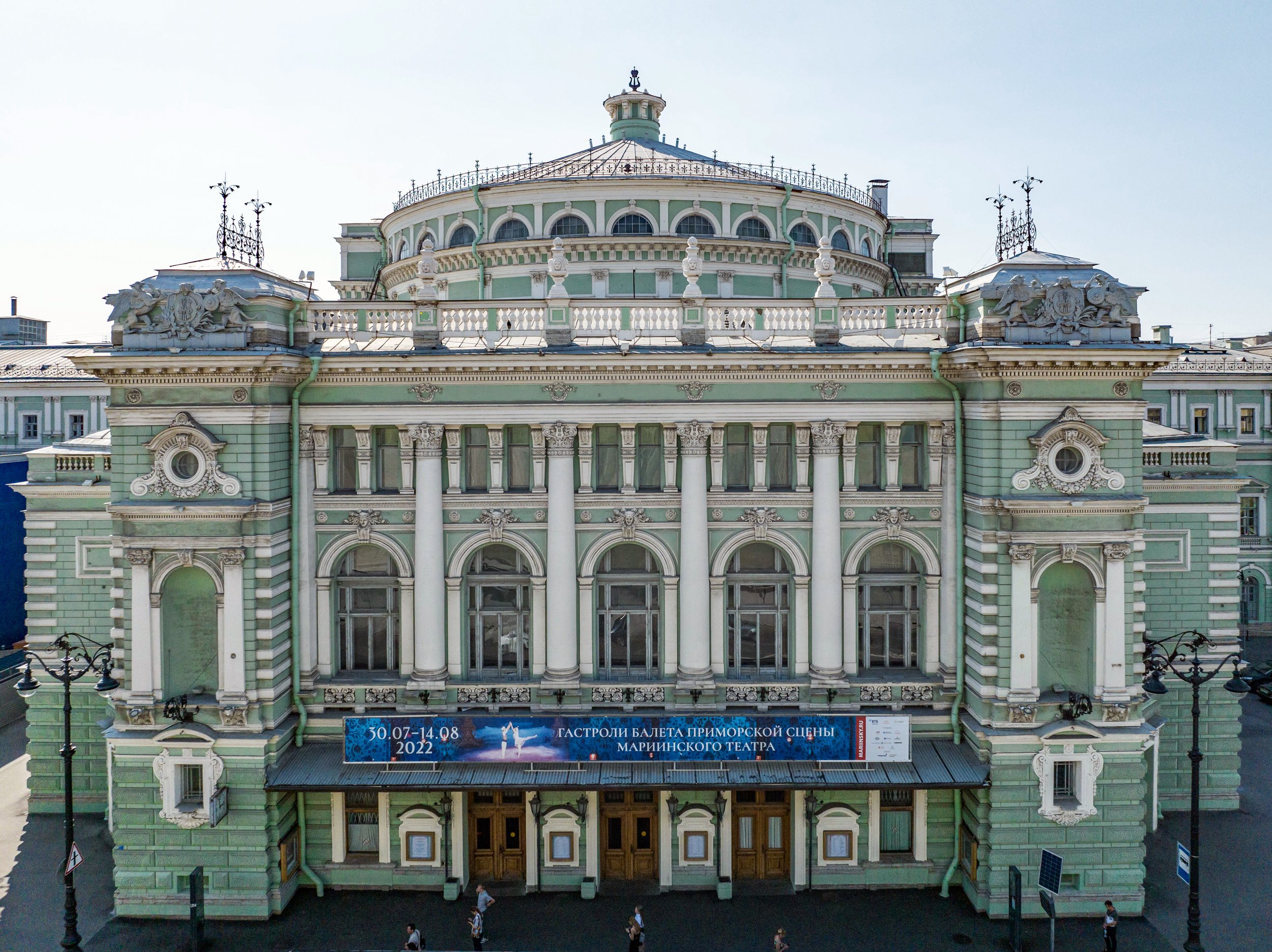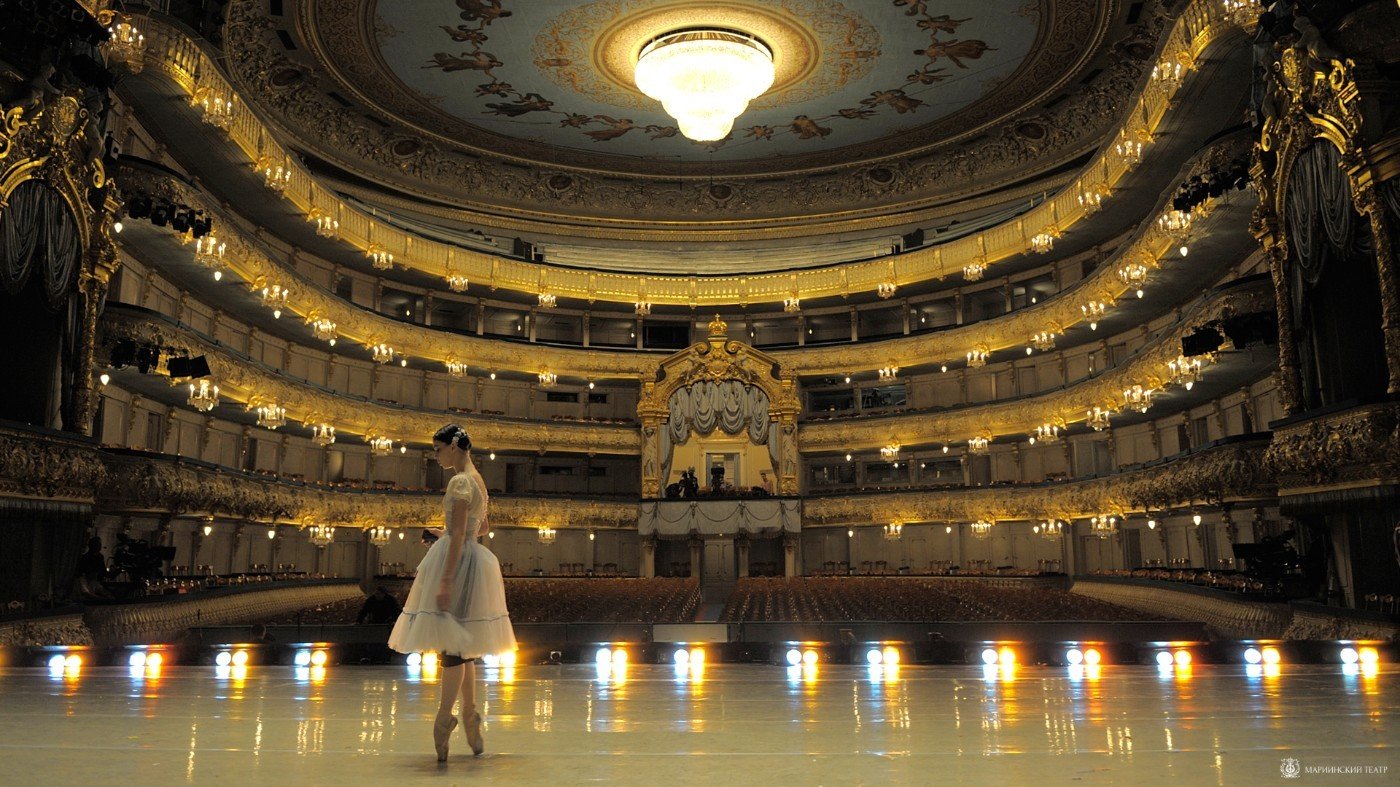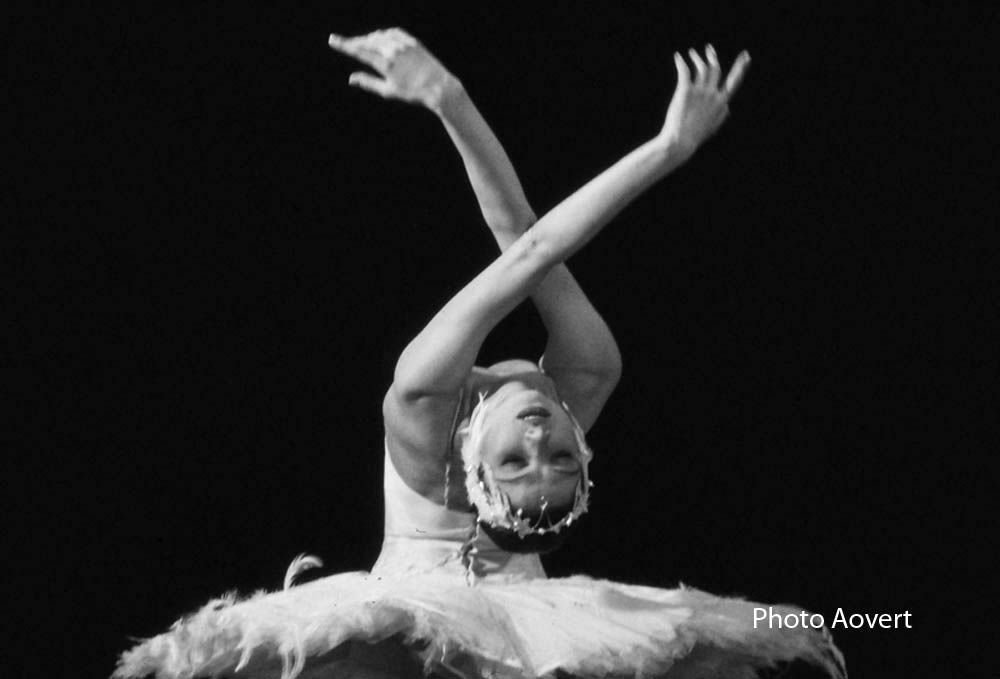240 Seasons For The Mariinsky Theater
On October 5, at 19:00, the new stage of the Mariinsky Theatre hosted a magnificent gala concert in honor of the theater's 240th anniversary.
I am lucky to be part of this special event, and this is why I decided to make today a special post about this incredible place in which I work (and live !).
The Mariinsky Theater.
Small HISTORY
In 1859, the Circus Theatre was destroyed by fire, and a new theater was built by the architect Alberto Cavos on the same site.
It was named the Mariinsky in honor of Empress Maria Alexandrovna, wife of Alexander II.
The first theater season in the new building opened on October 2, 1860, with Glinka’s A Life for the Tsar.
Which is why today we opened the gala with the Polonaise of A LIFE FOR THE TSAR.
The Mariinsky Theatre became a property of the State in 1917, and after being called the State Academic Theatre of Opera and Ballet (GATOB) in 1935, it became the Kirov Theater, named after Sergei Mironovich Kirov. Only on January 16, 1992, did the theater receive its historic name of “Mariinsky Theatre” again.
The Mariinsky Theatre has undergone several reconstructions. Today we count not only in Saint Petersburg the historical Stage but also the New Stage and The Concert Hall.
The principal conductor of the theater and main director is the famous Valery Gergiev since 1988.









Around BALLET
The history of the Mariinsky Ballet is closely linked with the history of European choreographic art.
Many foreign ballet masters were invited to Russia, first to teach in schools and train Russian dancers to perform their ballets. Among them, we can find Giuseppe Canziani, Charles Le Picq (in the late 18th century) and then Charles Didelot, Jules Perrot and Arthur Saint-Léon (in the 19th century).
Everyone knows about French ballet master Marius Petipa, who became director of the Ballet Company in 1869. He is the one who developed the form of grand ballet, a multi-act production with a plot combining fully developed scenes of classical ensembles, colorful character dances, genre spectacle scenes and pantomime.
Petipa jealously preserved classical works such as Giselle, La Esmeralda and Le Corsaire, subjecting them only to careful revisions.
With his production of La Bayadère, “dance became assimilated to music.”
Petipa met with Tchaikovsky, who considered ballet “a symphony,” and their collaboration led to the creation of The Sleeping Beauty, a veritable poem in music and choreography.
Petipa and Lev Ivanov’s collaboration produced the choreography for The Nutcracker.
After Tchaikovsky’s death, Swan Lake took on a second life at the Mariinsky Theatre, with choreography by both Petipa and Ivanov.
Petipa cemented his reputation as a symphonic choreographer with his production of Glazunov’s ballet Raymonda.
His innovative ideas were seized upon by the young Michel Fokine, who staged Tcherepnin’s Le Pavillon d’Armide, Saint-Saëns’ The Dying Swan, and Chopiniana to music by Chopin at the Mariinsky Theatre, as well as ballets created in Paris – Schéhérazade to music by Rimsky-Korsakov and The Firebird and Pétrouchka by Stravinsky.
The Imperial Russian Ballet has been transformed and perfected thanks to Russian ballerina and teacher Agrippina Yakovlevna Vaganova (1879–1951), who developed a new technique and system of instructions based on the best ballet traditions, mixing French, Italian and Russian schools.
The Mariinsky Ballet is renowned all over the world for its star :
In the 19th and 20th centuries, Mathilde Kschessinska, Olga Preobrazhenskaya, Anna Pavlova, Tamara Karsavina, Pavel Gerdt, Nikolai and Sergei Legat and Vaslav Nijinsky. Many of these dancers represented Russian ballet during Diaghilev's legendary Saisons russes.
And in the late 1920s and 1930s,Marina Semenova, Galina Ulanova, Natalia Dudinskaya, Tatiana Vecheslova, Alexei Yermolaev, Vakhtang Chabukiani and Konstantin Sergeyev.
In the 50s and 70s, Olga Moiseeva, Irina Kolpakova, Gabriela Komleva, Natalia Makarova, Alla Osipenko, Alla Sizova, Mikhail Baryshnikov, Rudolf Nureyev and Yuri Soloviev.
In the 90s, Galina Mezentseva, Yulia Makhalina, Altynai Asylmuratova, Zhanna Ayupova, , Tatiana Terekhova, Sergei Vikharev, Igor Zelensky and Farukh Ruzimatov
In the 50s and 70s, such famed ballets as Farid Yarullin’s Shurale, Aram Khachaturian’s Spartacus, and Boris Tishchenko’s Twelve with choreography by Leonid Yakobson, Sergei Prokofiev’s The Stone Flower, Arif Melikov’s The Legend of Love with choreography by Yuri Grigorovich and Dmitry Shostakovich’s Leningrad Symphony with choreography by Igor Belsky were staged at the theatre.
along with the productions of new ballets, the theatre diligently cared for its classical legacy.
The company has also worked with many modern choreographers like George Balanchine, Roland Petit, Maurice Béjart, Jerome Robbins, John Neumeier, William Forsythe, Angelin Preljoçaj, Alexei Ratmansky, Sasha Waltz, Wayne McGregor and Hans van Manen.
As we see, this place called the Mariinsky Theater is not only a building but a creative world of artists, choreographers, and people with passion and devotion for their art.
So many generations have lived there with and for art. It’s a place of inspiration and creation.
For us artists, this theater is like a second home. We spend most of our days, evenings, and holidays here. We work, eat and sleep as you do at home !
Of course, what the audience sees is a small part of the reality of the theater, it’s the only part we show, and I believe the mystery of backstage must remain a mystery.
In mystery are created these miracles, and the Mariinsky Stage is one of the oldest in the world.
I can’t stop thinking about how many artists before me also walked in the corridor, also thought about dance, also hardly rehearsed, also had dreams, also felt alive on stage, and also transformed as beings here.
Working in such a place is not only a joy but an honor, filled with gratitude, respect and humility.
Come visit us and watch a performance at the Mariinsky Theater.
I promise you, it's that kind of place where you will go out with the eyes full of stars, the heart full of light, and the inside singing of life.
Prima Ballerina Yulia Makhalina and My pedagogue








